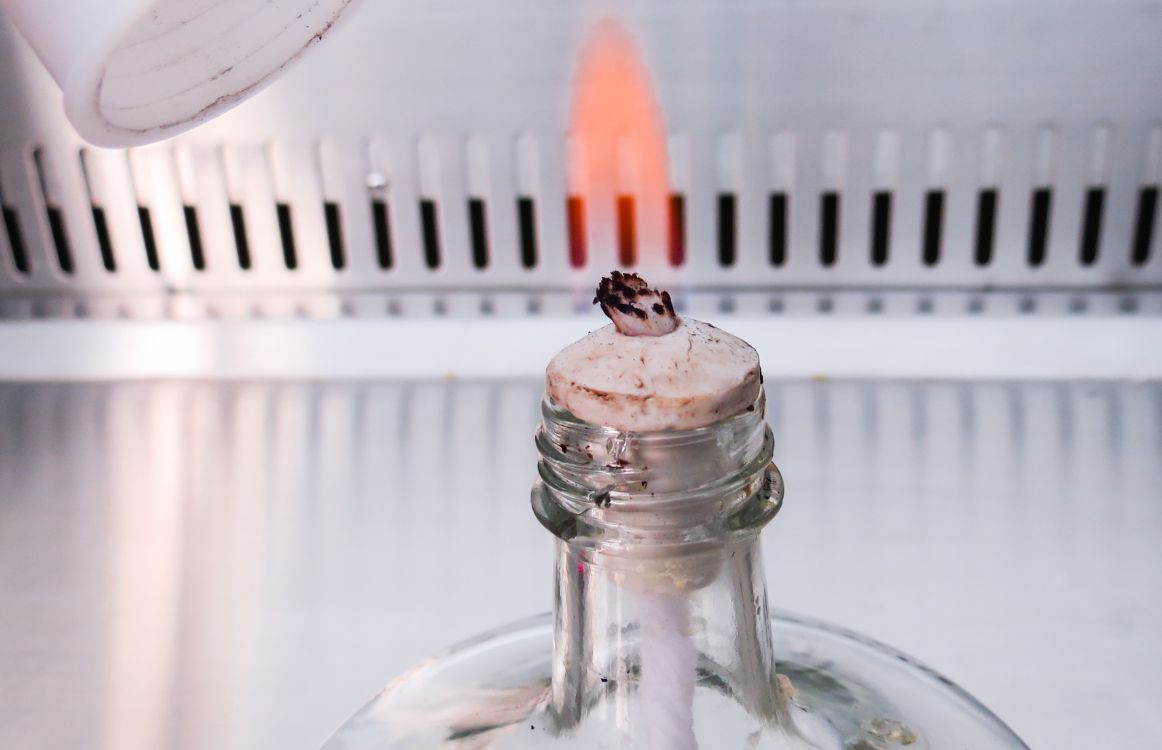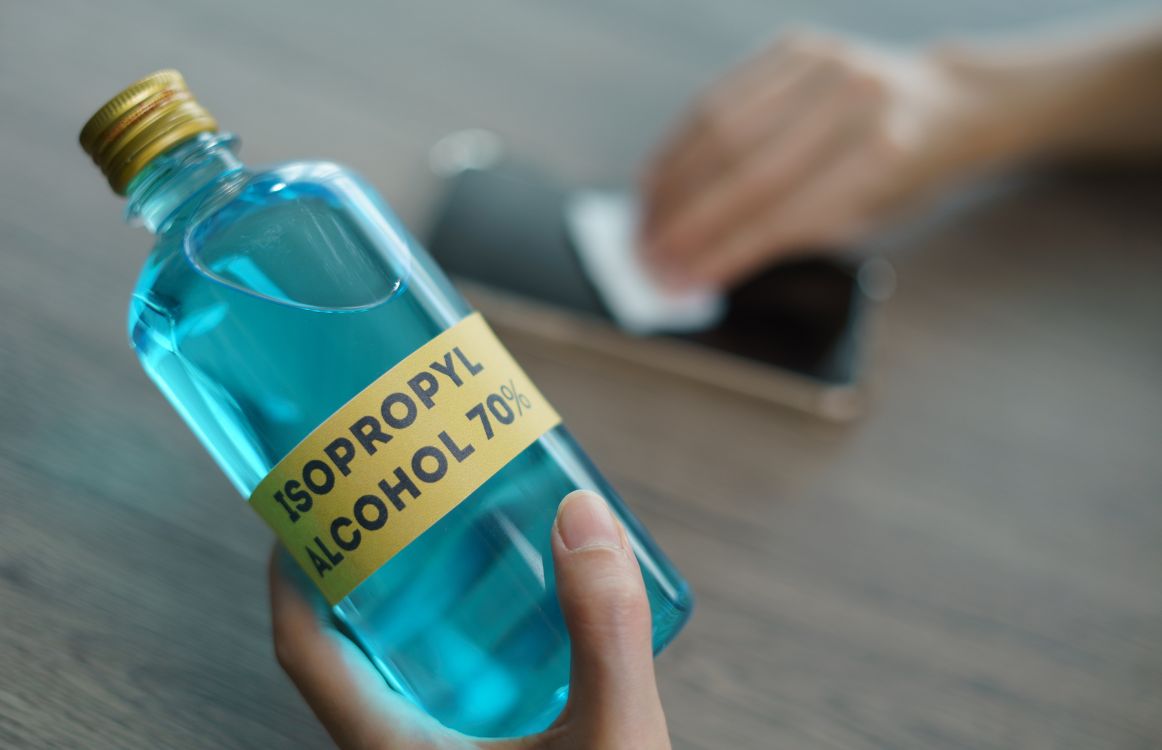Bioethanol vs Isopropyl Alcohol: What Are the Differences?

Far from the same thing, bioethanol vs isopropyl alcohol is an important discussion to have. One is a natural product that predates humans, the other is a function of what some may have once considered “mad science.” Let’s explore the differences.
Bioethanol
The production of bioethanol requires very little human intervention. It is really a matter of humans helping along a natural process.
You see, ethanol, the end result of yeast fermentation, has been a natural resource for millions of years.
Yeast, a single celled eukaryote, feeds on sugar in the wild. It is one of the most prevalent living organisms on earth, and it has been around for billions of years.
It hovers in virtually every environment in microscopic form, in the air, on surfaces, and even in the human body, and searches for sugar. And we can find sugar in almost every plant and animal imaginable. Early makers of wine discovered this reality when they happened upon grape juice that had naturally fermented to produce wine. All humans had to do after that was mimic the circumstances nature had undergone of its own accord.
Ethanol
Crush grapes, leave the juice out to the elements, allow nature to take its course. And you have wine!
Humans have been involved in the production of ethanol for as long as we have been wandering the planet.
In recent decades, however, we have found ways to use ethanol for more than delicious wine, beer, and spirits.
In the interest of producing cleaner, renewable fuel for transportation, scientists conceived ethanol as a biofuel, or bioethanol.
To create this renewable energy, they take a sugary crop like corn or sugarcane, grind it down to a meal, boil it and steep it, and then distill it. The result is a fuel that can be combined with petrol to work in the internal combustion engine on the vast majority of vehicles running today.
This bioethanol is a cleaner energy source than petrol because the emissions released when it burns will be absorbed back into the plants that can then grow and produce more ethanol, rather than being released into the atmosphere and damaging our ozone layer.
It is also renewable because we can always grow more crops, unlike petrol, which comes from a non-renewable source — crude oil.
Isopropyl Alcohol
So, what does all this have to do with isopropyl alcohol?
Well, some people might get confused between bioethanol and isopropyl alcohol because we often call ethanol alcohol.
Isopropyl alcohol, however, is neither natural nor can it be consumed by humans, as ethanol can.
Isopropyl alcohol began as a bit of a science experiment in the early 1900s. Scientists began experimenting with ways to create antiseptics and solvents for cosmetics like aftershave and for the creation of pharmaceuticals.
These scientists most likely first encountered propene as a result of burning carbon in the environment, as you can get this chemical from the burning of forests, from cigarette smoke, and from fuel exhaust.
To make isopropyl alcohol, scientists in a laboratory first make propene, which is a byproduct of propane.
Propane is the liquid form of natural gas. To make propene, you have to perform something called “steam-cracking.” Essentially, breaking down propane through this cracking process yields ethylene, propene (or propylene), methane, and hydrogen gas.
Once you have propene then, you can hydrate it to make isopropyl alcohol, perhaps the primary petrochemical on earth.

What Are the Differences?
The differences between bioethanol and isopropyl alcohol are night and day.
(Bio)ethanol is natural, can be consumed by humans, and is even safe to make at home. You could simply ferment cornmeal or sugarcane and distill it.
Isopropyl alcohol is toxic to humans when ingested, is synthetic, and cannot be made at home. It is a hazardous chemical that must be produced under tightly controlled conditions in a laboratory by experts well-trained in safety methods.
Still, each chemical, natural or otherwise, is beneficial to human health as biofuel is leading the way in green energy, and isopropyl alcohol is necessary for clean environments.
Just don’t go trying to make isopropyl alcohol in your garage.
Stick to fermentation.
We make yeast analysis fast, easy, and affordable for efficient bioethanol production. Monitor yeast growth when propagating and optimize fermentation times by automatically analyzing yeast cell concentration, viability, and budding count – all in less than a minute.
Join the bioethanol producers from all around the world using the Smartest Automated Yeast Cell Counter! Request a Free Demo Account today and experience firsthand how Oculyze can take your business to the next level!


